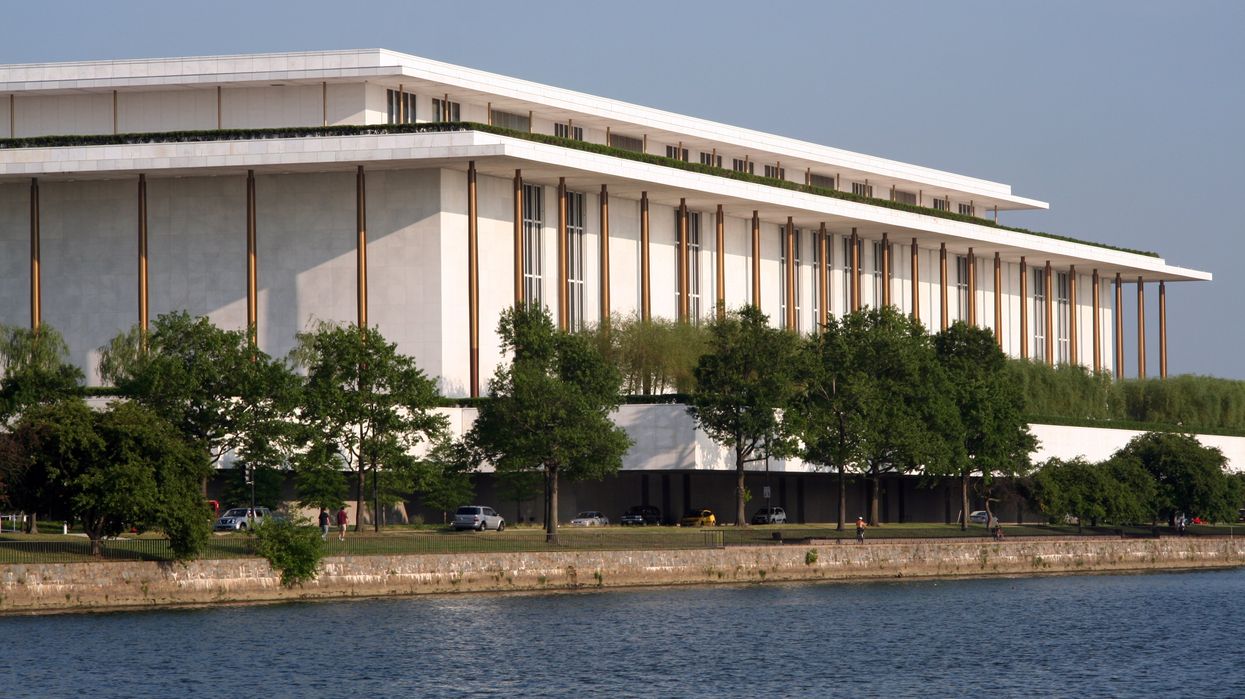The Bright Line Watch survey, affiliated with institutions including Dartmouth College, the University of Rochester, and the University of Chicago, isn’t just a warning siren—it’s an admission that democracy is already under assault. The full report and methodology are available at brightlinewatch.org. The question now is who’s ready to act.
This isn’t academic handwringing. The survey reflects the views of over 500 of the nation’s top political scientists—experts on democracy, authoritarianism, and constitutional structure.
Their message is clear: the U.S. is veering away from liberal democracy and toward something more dangerous—what scholars call competitive authoritarianism. It’s a model we’ve seen in places like Hungary, where Prime Minister Viktor Orbán rose through elections, then packed the courts, muzzled the press, and turned public institutions into party instruments.
The same pattern is already unfolding here: Trump is purging the civil service, threatening the press, defunding universities, and using executive orders to bypass Congress. Unless there is pushback, this erosion could harden into something permanent.
The Collapse of Checks and Balances
One of the first lines of defense should be Congress. But the GOP-led branch chose passivity over principle—a strategic silence that speaks volumes. Legal and constitutional lines that would have triggered months of hearings under Obama—or impeachment proceedings under Biden—are now greeted with shrugs.
Republican lawmakers, intimidated by Trump and terrified of angering his base, chose complicity disguised as pragmatism. If there’s a line they won’t cross, they haven’t found it yet. Instead of defending Congress’s prerogatives, they resorted repeatedly to continuing resolutions, effectively handing Trump unchecked discretion over federal funds, such as allowing the administration to redirect money to controversial immigration enforcement measures without explicit congressional approval.
Democrats, for their part, haven’t found a strategy either. Paralyzed by caution or stuck in procedural mode, they mostly defaulted to symbolic gestures rather than structural resistance. Unless Congress reclaims its constitutional role—and fast—it risks becoming a mere spectator in the transformation of American government.
The judiciary still offers some resistance, but it's becoming less of a firewall and more of a speed bump. Trump’s first term left a lasting imprint on the courts, including a deeply conservative Supreme Court majority. Legal challenges now face longer odds and longer timelines.
Even when courts push back, Trump learned how to turn the legal process into performance art—issuing orders that take effect immediately, then spinning any legal resistance into proof of persecution. Judicial review is still essential, but let's not kid ourselves: it can't replace political courage. If Congress won’t act and the courts are further hollowed out by partisanship, there will be little left to slow the slide.
That leaves civil society—resilient, independent, and outside the machinery of official power. The growing protests against Trump’s second-term agenda, from college campuses to city halls, are an overdue positive sign.
People are organizing to defend free speech, reproductive rights, immigrant protections, and academic freedom. We've seen this before: civil society stepped up in the civil rights era, during Vietnam War protests, and again in the aftermath of the 2016 election. Each time, it played a critical role in checking power, shifting public opinion, and reminding leaders that the public is not to be ignored.
But is protest alone enough? Not likely. Demonstrations certainly raise awareness, but without strategy and staying power, they risk becoming performative. Resistance that merely reacts plays into the hands of an authoritarian playbook built on distraction and fatigue.
Civil society proved essential during the civil rights era and the Vietnam War protests, demonstrating its ability to successfully mobilize in moments of democratic crisis. Civil society must now be equally tactical and relentless—organized enough to outlast outrage.
While national headlines focus on Washington, some of the most effective resistance is happening at the state and local levels. Mayors, school boards, and state legislators are quietly blocking federal overreach, defending inclusive policies, and refusing to implement Trump’s more extreme mandates—such as cities declaring themselves sanctuaries against aggressive immigration enforcement and states protecting academic freedom despite federal threats.
These actions matter. They slow the machinery of centralized power and remind people that democracy doesn’t just live in the Oval Office. But these local defenses depend on public engagement—and that’s where the real danger lies.
As Trump consolidates power, more Americans are tuning out of the very institutions that still protect their rights. That’s no accident. Authoritarian systems thrive when everything but the presidency feels irrelevant. Disengagement isn’t just a symptom—it’s the plan.
Building Beyond Protest
Trump’s consolidation of power is following a blueprint—Project 2025—so the response must be equally strategic. This isn’t just about protest. It’s about movement-building, coalition politics, and constructing alternatives.
We saw glimpses of this before: in the Women’s March, in 2020’s voter protection drives, in the fight to preserve academic freedom. However, these efforts need to become more than fleeting moments—they must evolve into lasting infrastructure. A durable, multi-racial, multi-sector pro-democracy movement that can operate at every level of government is no longer a luxury. It’s a necessity.
This isn’t just about 2026 or 2028. It’s about restoring democratic muscle memory—rebuilding public confidence in legislatures, local governance, and civic institutions. As long as power flows only from the presidency, and all resistance is framed as a last-minute emergency, we’re stuck in a loop.
The real work now is to construct—not just protest. Historically, democracy's resilience has depended on durable institutions capable of withstanding the excesses of individual leaders, from the New Deal expansions to civil rights victories. We need movements and institutions with similar longevity and strength today, able to outlast any one man, and any one presidency.
What Can Be Done?
The signs are clear. Democracy is under threat. Courts are wobbling. Congress is cowering. The presidency is being repurposed as a personal fiefdom. And the Republican Party, afraid of Trump and his base, settled into a familiar role: silent partner.
Still, not all is lost. People are marching, organizing, and refusing to accept this as the new normal. That’s not just hope—it’s the foundation for something better. The fight for democracy isn’t over. But it’s past time we stopped treating it like someone else’s job.
Robert Cropf is a professor of political science at Saint Louis University.
































